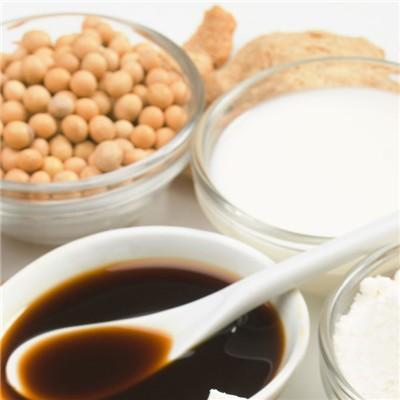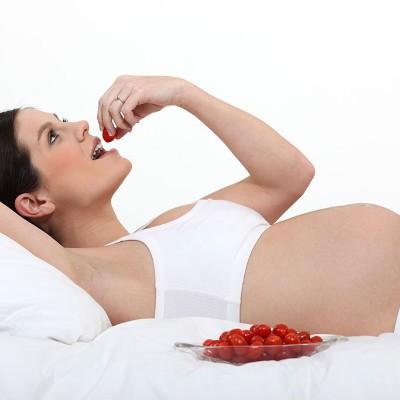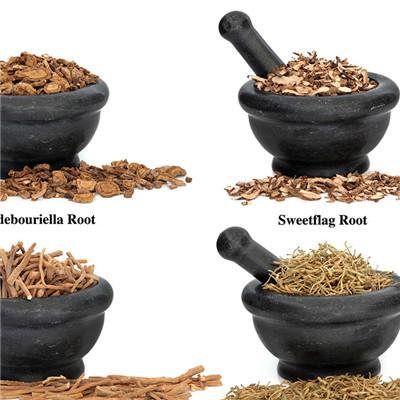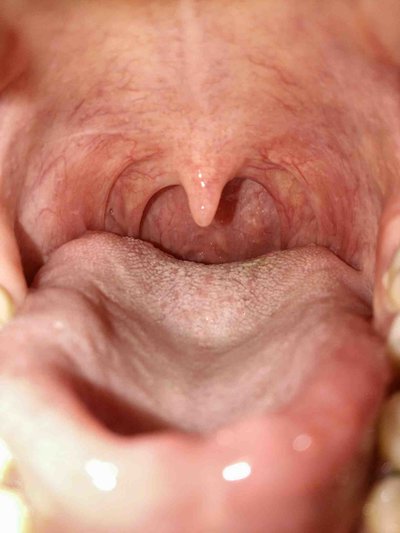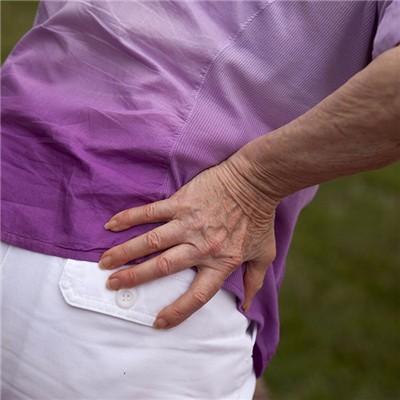What is the reason of high jaundice in children?
summary
Neonatal jaundice may be physiological or pathological. If it is physiological jaundice, it can disappear without special treatment. Pathological jaundice is caused by disease, which makes the metabolism of bilirubin abnormal. It occurs in a specific period of the newborn, which makes the physiological jaundice significantly worse, and is easy to be confused with physiological jaundice. Pathological jaundice is divided into infectious and non infectious. Infectious jaundice can be caused by bacteria and other pathogens, such as virus, Treponema pallidum, Toxoplasma gondii, etc; Non infectious jaundice includes hemolytic jaundice, biliary atresia and hereditary diseases. What is the reason of high jaundice in children? Let's talk about it.
What is the reason of high jaundice in children?
1. Physiological jaundice: it is a unique phenomenon in the neonatal period. Due to the excessive production of red blood cells in the blood of the fetus in the intrauterine hypoxia environment, most of these red blood cells are immature and easy to be destroyed. After the birth of the fetus, the production of bilirubin is too much, which is about twice that of adults; On the other hand, due to the immature liver function of newborns, bilirubin metabolism is limited, resulting in jaundice in newborns for a period of time.
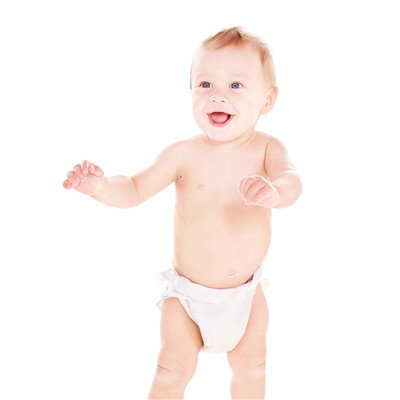
2. Breast milk jaundice: a special type of pathological jaundice caused by breast milk. Because pregnant diol hormone is contained in breast milk, it can inhibit the activity of glucuronosyltransferase in the liver of newborn, so that bilirubin in the blood can not be metabolized and excreted in time, and the concentration increases, resulting in yellowing of skin and sclera of newborn.
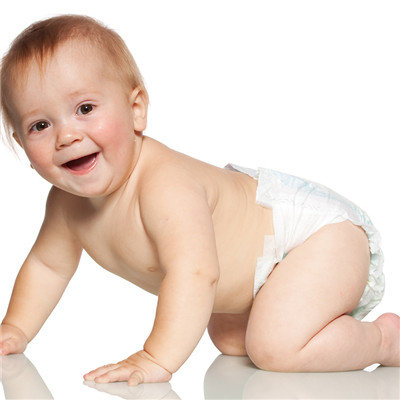
3. Hemolytic jaundice: the most common cause is ABO hemolysis, which is caused by the incompatibility between the mother and the fetus. The mother's blood group is O, the fetus's blood group is a or B, and the jaundice is serious; Others, such as maternal blood group A, fetal blood group B or AB; Maternal blood group B and fetal blood group A or AB are rare, and jaundice is mild. It is reported that the incidence rate of ABO blood group incompatibility hemolytic disease is 11.9%.
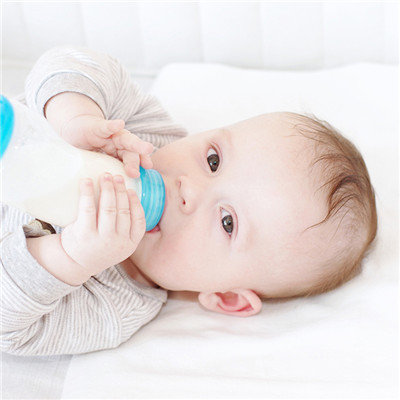
matters needing attention
Jaundice is the most common symptom in the neonatal period. About 60% of the children will have this symptom in varying degrees. Parents should not panic when they encounter this kind of situation. They can make a preliminary judgment according to the time, degree and development speed of jaundice. Physiological jaundice does not need to worry too much. If the jaundice is serious and develops fast, it may be pathological jaundice, They should be sent to the hospital for treatment in time.




